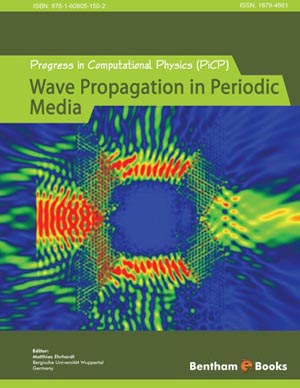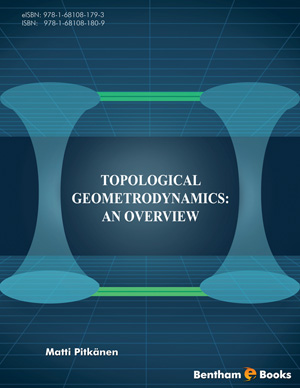Abstract
The electric and magnetic dipoles, which produce the polarization and magnetization of material media, are frequently induced by the action of electromagnetic fields on the atomic and molecular constituents of these media. The electric field, for example, may draw the electron cloud surrounding the nucleus of an atom slightly to one side or the other, thus creating a small separation between the centers of positive and negative atomic charges. Or the magnetic field might speed up or slow down the motion of electrons circling a nucleus, thus producing a change in the magnetic dipole moment of individual atoms. Numerous other possibilities exist as well, such as the reorientation of permanent dipoles in the presence of electromagnetic fields. As it turns out, a simple mass-and-spring model, first proposed by the Dutch physicist H. A. Lorentz, captures the essence of induced polarization and magnetization in many situations of practical interest. In this chapter, we describe the classical Lorentz oscillator model and explore its fascinating properties.













